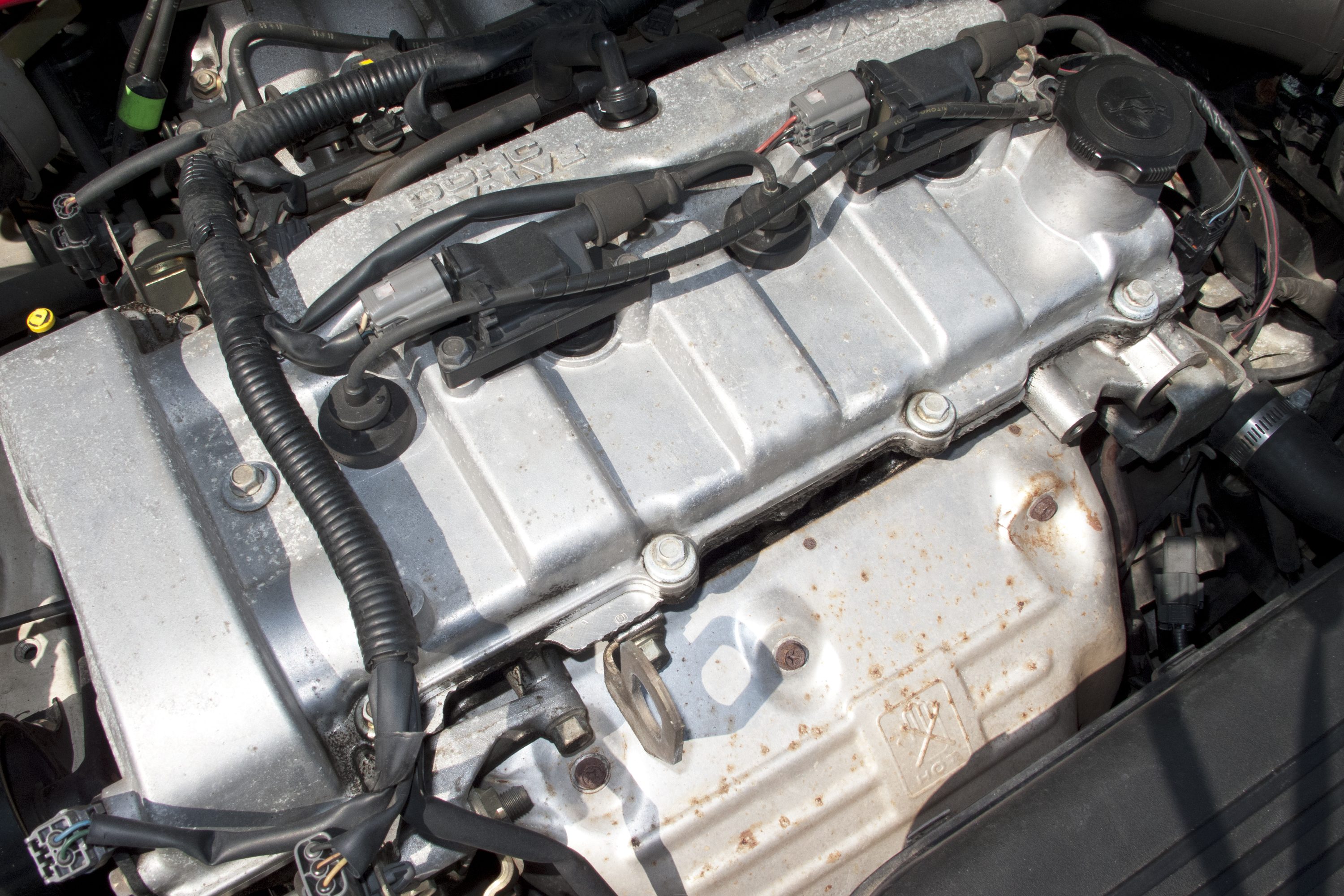Carbon build-up on the top of pistons is a magnet for more carbon build-up. A substantial amount of carbon build-up can eventually break off and enter the cylinder heads permanently damaging the engine. After this catastrophe, the only option is a machine job that will costs hundreds more than the initial carbon build-up cleaning. Many chemical fuel additives work to clean carbon out of the engine. These products can be used in the fuel tank, or during a rebuild to remove carbon from the pistons. Removing this build-up and minimizing the risk of future carbon deposits is an ideal way to prolong the life of your engine.

Use a petroleum-based cleaning agent in the fuel and as an oil additive before future oil changes. Petroleum based cleaning agents like Sea Foam, Gunk or Marvel Mystery Oil break down carbon deposits in your top and bottom end. You can add cleaning agents like this directly to the fuel tank, or run it as an oil additive before an oil change. Use the manufacturer's instructions when using these products.
Pour in a fuel system clean-up additive once a month. These additives are made to reduce the amount of carbon build up inside the engine and improve performance. As a bonus, these additives improve gas millage and improve loss of power issues. Fuel additives are meant to be used on a full tank of gas. Make sure to follow the manufacturer's instructions.
With the cylinder head off, turn the crank shaft until the piston you want to clean is top dead center. Apply a thick film of petroleum jelly around the outer edge of the piston to prevent deposits from entering the cylinder wall. Spray the top of the piston liberally with carburetor cleaner. Let the chemical sit on the piston for a few minutes.
Remove the carbon deposits by scrubbing the piston top with a cloth scouring pad. Resist the urge to use anything that will scratch the top of the pistons. A divot now will attract carbon build-up later. Repeat the process until the piston top is clean.
Remove the gunk from the piston and the top of the head using rags or soft cloths. Rotate the crank shaft to move the piston into the cylinder wall and spray this area liberally with carburetor cleaner.Wipe with soft lint-free cloths to ensure that no debris remains in the cylinder wall. Repeat for the remaining pistons.